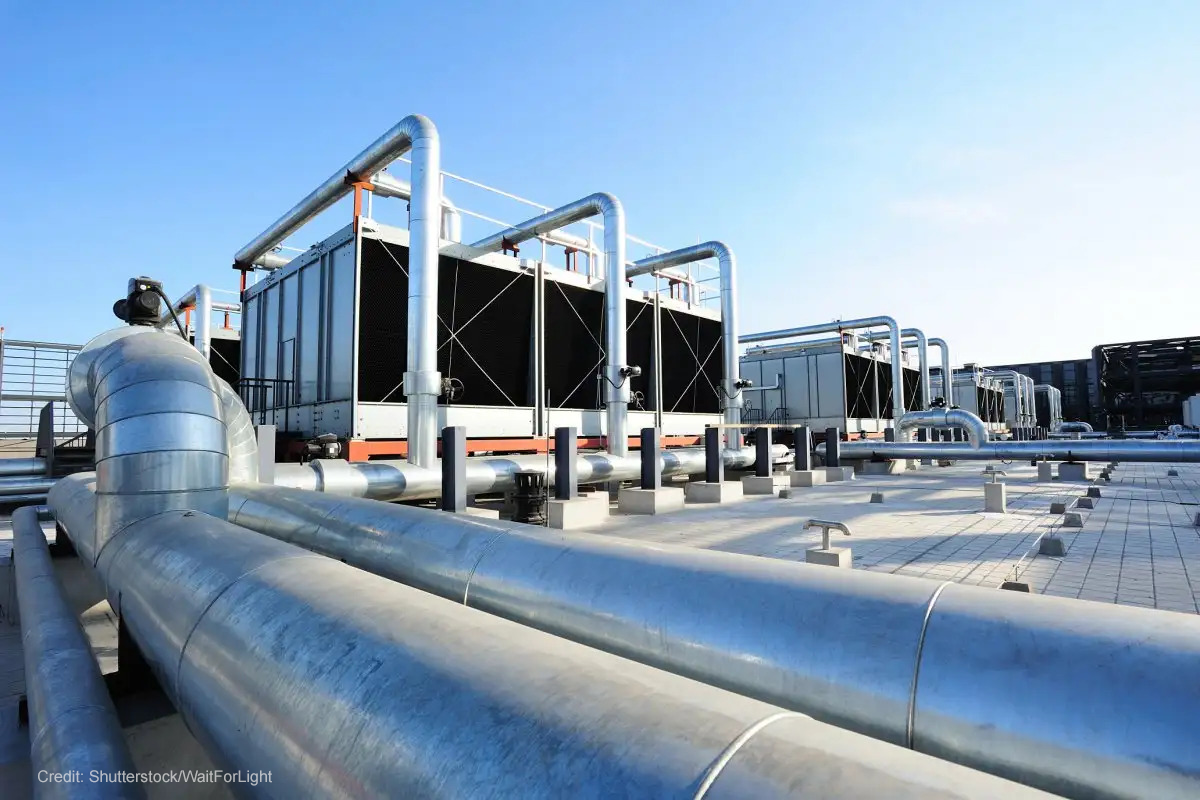
The artificial intelligence revolution is driving unprecedented demand for computing power and putting enormous strain on the infrastructure that supports it. As demand for AI continues to escalate, data centers – the backbone of this new digital era – face mounting resource challenges. Industry estimates paint a dire picture: data centers will generate 2.5 billion metric tons of CO2 by 2030 – nearly 40% of total U.S. emissions today. At the same time, these facilities are water-hungry, putting further pressure on already-strained global water resources.
AI’s unrelenting growth is only just getting started. Accordingly, businesses urgently need innovative solutions to conquer both challenges: carbon footprint and water consumption.
One transformative solution is poised to shake up the future of the AI industry: integrating direct air capture (DAC) with data center infrastructure. This synergistic approach addresses these challenges head-on while improving companies’ bottom lines.
The Digital Boom’s Looming Water Crisis
The vast water requirements that come with the growth of data centers cannot be overstated. Water is a finite resource, and an estimated half of the world’s population experiences severe water scarcity for at least part of the year, according to the UN.
Data center facilities use water cooling to control operational heat. A single data center can consume up to 5 million gallons of water per day – roughly equal to the daily usage of a city the size of San Luis Obispo, California or Burlington, Vermont. Cooling operations alone account for nearly 43% of overall electricity usage of American data centers.
To make matters worse, some of the fastest-growing data center hubs are in regions that are already struggling with water scarcity, including Salt Lake City, Las Vegas, and Phoenix. Chronic drought has already created significant water shortages in these areas. As these droughts grow more frequent and widespread across the U.S. and globally, it’s unsustainable to supply this growing demand.
Achieving Symbiosis
Co-locating data centers with Avnos’ water-forward approach – hybrid direct air capture (HDAC) – can address both carbon and water challenges simultaneously, offering synergy in an industry hungry to build more and faster.
This model has multiple benefits:
- Low-grade heat utilization – Avnos employs a moisture swing adsorb/desorb mechanism that operates at low temperatures. This low temperature regeneration makes highly efficient use of the low-grade waste heat generated by the data center, reducing the energy consumption and CapEx of an HDAC system.
- Energy savings – In utilizing the low-grade heat from the data center, the HDAC system converts what had been a waste stream into usable energy in capturing CO2. For the HDAC system, the waste heat replaces electrical load and internal heat pumps, significantly reducing energy consumption and capex. For the data center, the HDAC system can reduce OpEx by providing supplemental cooling capacity.
- Water production – The HDAC system also produces usable water from the atmosphere, which can be a source of water for data center systems, particularly as make-up water in cooling loops. This provides resiliency against water scarcity challenges, while also reducing dependency on local water supplies.
- Energy utilization – In addition to delivering best-in-class energy efficiency, the HDAC system has the flexibility to consume excess load at the data center site.
- Carbon removal – Finally, CO2 captured by the HDAC system can be matched against specific emissions from the co-located data center, making that project completely net-zero, or used to offset companywide emissions for the data center owner/customer to meet their broader emissions targets.
Moreover, Avnos’ systems are designed to operate and thrive across any geography. Water production increases in humid environments – precisely where cooling demands are the highest.
Avnos’ Advantage
Avnos sees opportunities where others see constraints. Our HDAC technology was designed to address these challenges with our water-positive approach – a true differentiator among other DAC technologies in the market.
Avnos’ proprietary moisture-swing adsorbent significantly outperforms conventional thermal adsorbents, while:
- Requiring substantially less energy than competing DAC technologies.
- Turning water, typically a cost-line item, into a revenue-line item.
- Scaling efficiently to meet growing demand. With a modular design, operations can also be scaled incrementally as data center capacity grows.
The result is a highly resource-efficient, affordable, and scalable DAC solution that can seamlessly integrate with existing data center operations.
Transforming Challenges into Opportunities
The AI revolution is just getting started. The question is whether we power it sustainably. To Avnos, it’s clear that the integration of DAC with data centers represents the next step for responsible AI development, and we know that HDAC is particularly well-suited. By integrating HDAC with data center infrastructure, Avnos can help transform a potential liability into an opportunity for climate innovation.
Avnos is actively partnering with forward-thinking technology companies to demonstrate how this symbiotic relationship can work. If you’re planning a new facility, let’s explore what’s possible together.
For more info and to connect with our team, reach out to commercial@avnos.com.